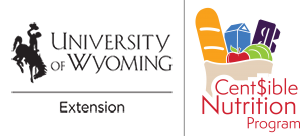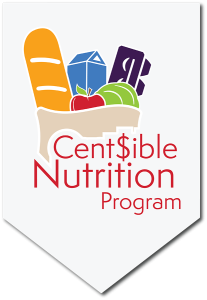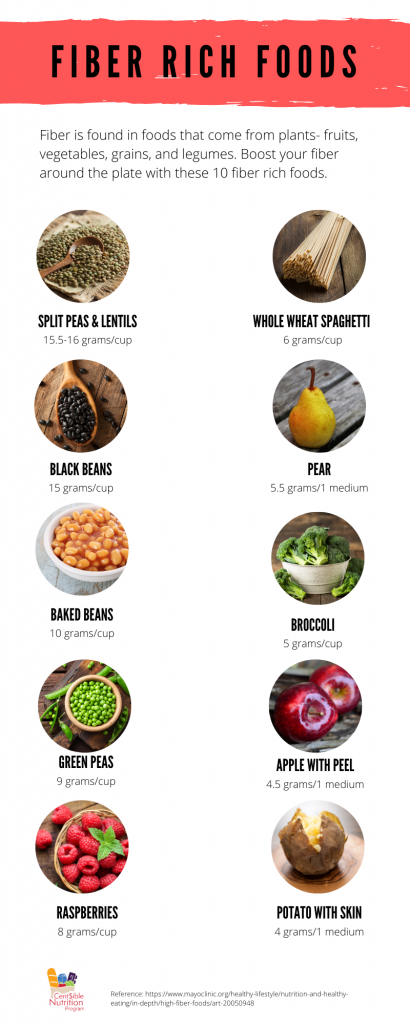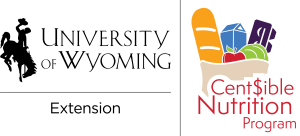January is Fiber Focus Month. Fiber is an essential part of a healthy diet and helps your body in many ways.
On this page, find:
- Check out our favorite fiber facts
- Fiber-rich foods to add to your plate
- Easy ways to increase fiber in your diet
- The difference between soluble and insoluble fiber
Warning: Undefined array key "background_image" in /home/wyoext/public_html/uwyocnp.org/wp-content/plugins/elementor/includes/conditions.php on line 87
Warning: Trying to access array offset on null in /home/wyoext/public_html/uwyocnp.org/wp-content/plugins/elementor/includes/conditions.php on line 90
Warning: Undefined array key "background_image" in /home/wyoext/public_html/uwyocnp.org/wp-content/plugins/elementor/includes/conditions.php on line 87
Warning: Trying to access array offset on null in /home/wyoext/public_html/uwyocnp.org/wp-content/plugins/elementor/includes/conditions.php on line 90
Warning: Undefined array key "background_image" in /home/wyoext/public_html/uwyocnp.org/wp-content/plugins/elementor/includes/conditions.php on line 87
Warning: Trying to access array offset on null in /home/wyoext/public_html/uwyocnp.org/wp-content/plugins/elementor/includes/conditions.php on line 90
Warning: Undefined array key "background_image" in /home/wyoext/public_html/uwyocnp.org/wp-content/plugins/elementor/includes/conditions.php on line 87
Warning: Trying to access array offset on null in /home/wyoext/public_html/uwyocnp.org/wp-content/plugins/elementor/includes/conditions.php on line 90
Warning: Undefined array key "background_image" in /home/wyoext/public_html/uwyocnp.org/wp-content/plugins/elementor/includes/conditions.php on line 87
Warning: Trying to access array offset on null in /home/wyoext/public_html/uwyocnp.org/wp-content/plugins/elementor/includes/conditions.php on line 90
Warning: Undefined array key "background_image" in /home/wyoext/public_html/uwyocnp.org/wp-content/plugins/elementor/includes/conditions.php on line 87
Warning: Trying to access array offset on null in /home/wyoext/public_html/uwyocnp.org/wp-content/plugins/elementor/includes/conditions.php on line 90
Warning: Undefined array key "background_image" in /home/wyoext/public_html/uwyocnp.org/wp-content/plugins/elementor/includes/conditions.php on line 87
Warning: Trying to access array offset on null in /home/wyoext/public_html/uwyocnp.org/wp-content/plugins/elementor/includes/conditions.php on line 90
Warning: Undefined array key "background_image" in /home/wyoext/public_html/uwyocnp.org/wp-content/plugins/elementor/includes/conditions.php on line 87
Warning: Trying to access array offset on null in /home/wyoext/public_html/uwyocnp.org/wp-content/plugins/elementor/includes/conditions.php on line 90
Warning: Undefined array key "background_image" in /home/wyoext/public_html/uwyocnp.org/wp-content/plugins/elementor/includes/conditions.php on line 87
Warning: Trying to access array offset on null in /home/wyoext/public_html/uwyocnp.org/wp-content/plugins/elementor/includes/conditions.php on line 90
Warning: Undefined array key "background_image" in /home/wyoext/public_html/uwyocnp.org/wp-content/plugins/elementor/includes/conditions.php on line 87
Warning: Trying to access array offset on null in /home/wyoext/public_html/uwyocnp.org/wp-content/plugins/elementor/includes/conditions.php on line 90
Fiber Foods
Fiber comes from plant foods, like beans, whole-grains, fruits and vegetables.
Daily Fiber
Depending on age, gender, and calorie level, adults should aim for 22-34 grams of fiber every day.
Nature's Broom
Your body can't digest fiber. Instead, it passes through your body intact, acting as a broom in your intestines.
Fabulous Fiber
Constipation is the most common gastrointestinal complaint in the US. Eating enough fiber every day can keep you regular and feeling great!
Click Here
Fiber Benefits
Fiber can help lower cholesterol levels, control blood sugar levels, assist in achieving a health weight, and so much more!
Click Here
Fiber-rich foods to add to your plate
Fiber is found in foods that come from plants- fruits, vegetables, grains, and legumes. Boost your fiber around the plate with these 10 fiber rich foods.
- Split peas and lentils– 15.5-16g/cup
- Black beans– 15g/cup
- Baked beans– 10g/cup
- Green Peas– 9g/cup
- Raspberries– 8g/cup
- Whole wheat spaghetti– 6g/cup
- Pears– 5.5g/1 medium
- Broccoli– 5g/cup
- Apple with peel– 4.5g/1 medium
- Potato with skin– 4g/1 medium
Fiber Videos
Fiber comes in two forms, soluble and insoluble. Do you know which foods have which kind of fiber? Watch the experiment to see how both kinds of fiber works in our digestive system.
There are two kinds of fiber: soluble and insoluble. Learn the difference in this video.
References
- Dietary Guidelines for Americans 2020-2025
- Mayo Clinic (Dietary Fiber: Essential for a Healthy Diet)
- Harvard School of Public Health (Fiber)
- Mayo Clinic (Chart of High-Fiber Foods)



